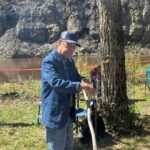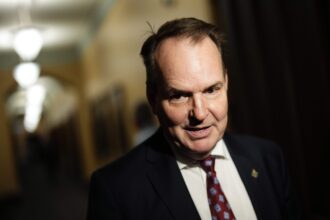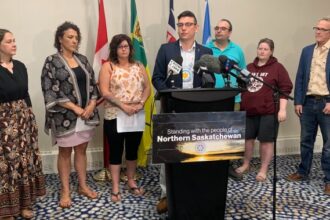The small northern Ontario community of Englehart faces what local healthcare officials are now describing as a “desperate situation” as physician shortages reach unprecedented levels. With only one full-time doctor currently serving the area’s 4,500 residents, patient care has deteriorated to a point where basic medical needs are increasingly difficult to meet.
“We’re at a breaking point,” says Nancy Presseault, Executive Director of the Englehart and District Family Health Team. “When I started in this position four years ago, we had four full-time physicians. Now we’re down to just one, forcing us to restrict new patient intake and limit services drastically.”
The crisis has been brewing for years, but recent retirements and recruiting challenges have pushed the situation to critical levels. The remaining physician is now responsible for managing the community’s emergency department at Englehart and District Hospital, while simultaneously trying to maintain regular clinic hours and long-term care duties.
Local resident Margaret Thomson described her frustration to CO24 News: “I’ve lived here my entire life, but now I’m considering moving just to access basic healthcare. My husband needed to see a doctor last month and was told it would be at least a 6-week wait. That’s simply unacceptable for someone with a chronic condition.”
According to provincial health statistics, northern rural communities across Canada face physician-to-patient ratios nearly three times worse than urban centers. Englehart’s situation has deteriorated further than most, with one doctor now serving what would typically require a team of at least four practitioners.
The health team has been forced to implement difficult measures, including closing the practice to new patients and reducing clinic hours. Emergency department services remain operational but are increasingly strained, with healthcare staff reporting unsustainable workloads.
“We’ve reached out to provincial authorities repeatedly,” Presseault notes. “While we’ve had some locum coverage to provide temporary relief, what we urgently need is a comprehensive recruitment and retention strategy with meaningful incentives for physicians to practice in communities like ours.”
The crisis extends beyond primary care. Local pharmacist Daniel Larocque reports seeing patients going without prescription renewals or proper medication management: “I’m doing everything I can to help, but there are legal limits to what I can do without physician involvement. Patients with chronic conditions are particularly vulnerable.”
The Englehart situation highlights a broader healthcare challenge facing rural communities across the country. Despite various government initiatives aimed at addressing physician distribution, many small towns continue to lose medical professionals to larger centers offering better compensation, improved work-life balance, and expanded professional opportunities.
Town council has formed an emergency physician recruitment committee, offering incentives including housing assistance and practice setup support. However, competing with dozens of similar communities for a limited pool of doctors has yielded minimal results.
“This isn’t just about convenience,” emphasizes Mayor Nina Wallace. “For elderly residents or those with mobility issues, traveling 45 minutes to New Liskeard or further for medical care presents a genuine hardship, especially during harsh winter conditions.”
As the situation continues deteriorating, the question increasingly becomes not whether Englehart can recruit new physicians, but whether it can maintain even basic healthcare services for its residents. With healthcare accessibility being a fundamental factor in community sustainability, how many more northern towns will face similar existential threats before effective solutions are implemented?










